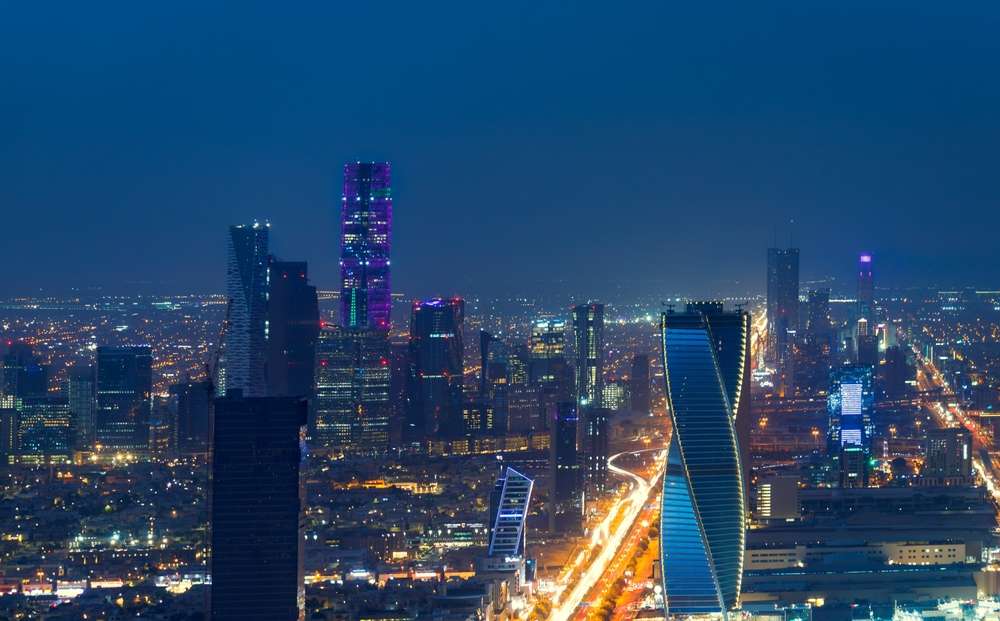Saudi Arabia, often recognized for its vast deserts and modern cities, also boasts a rich and diverse natural heritage that includes unique wildlife and pristine natural reserves. As the kingdom opens its doors to global tourism, exploring its wildlife and natural reserves provides a refreshing perspective on its environmental treasures. This article delves into the fascinating world of Saudi Arabia’s wildlife and the natural reserves and parks that protect and showcase this diversity.
The Richness of Saudi Arabia’s Wildlife
Saudi Arabia’s varied landscapes, ranging from arid deserts to lush valleys and coastal mangroves, support a surprising array of wildlife. These ecosystems are home to numerous species of mammals, birds, reptiles, and plants, some of which are endemic to the region.
Key Wildlife Species:
- Arabian Oryx: Once nearly extinct, the Arabian oryx has made a remarkable comeback through conservation efforts. It is now a symbol of successful wildlife preservation in Saudi Arabia.
- Arabian Leopard: This elusive and endangered big cat is native to the mountainous regions of the kingdom.
- Sand Gazelle: Also known as the reem gazelle, this elegant creature roams the deserts and is an integral part of the Arabian Peninsula’s wildlife.
- Nubian Ibex: These agile goats are often seen in the rocky terrains and mountains, known for their impressive climbing abilities.
- Bird Species: Saudi Arabia is a critical stopover for migratory birds, with over 500 bird species recorded, including the majestic falcons and flamingos.
Prominent Natural Reserves and Parks
1. Al Ula
Al Ula, a region rich in history and natural beauty, is also home to some of Saudi Arabia’s most significant conservation efforts. The Sharaan Nature Reserve in Al Ula is a key project aimed at preserving the area’s unique biodiversity.
Highlights:
- Sharaan Nature Reserve: A protected area that aims to reintroduce native species like the Arabian leopard and enhance eco-tourism. The reserve combines stunning landscapes with efforts to safeguard wildlife.
- Eco-Tourism Activities: Visitors can engage in guided tours, hiking, and wildlife watching, providing a sustainable way to experience the region’s natural beauty.
2. Farasan Islands
Located in the Red Sea, the Farasan Islands are a marine treasure trove with rich biodiversity both above and below the water. These islands are a designated protected area due to their unique marine life and ecological significance.
Highlights:
- Marine Life: The waters around the Farasan Islands are home to diverse marine species, including dolphins, sea turtles, and colorful coral reefs.
- Bird Watching: The islands are a haven for bird watchers, offering sightings of species such as the sooty falcon and the pink-backed pelican.
- Diving and Snorkeling: Crystal-clear waters make it an ideal spot for diving and snorkeling, providing an up-close view of the vibrant marine ecosystem.
3. Asir National Park
Asir National Park, located in the southwestern part of the country, features dramatic landscapes and a cooler climate, thanks to its mountainous terrain. It is Saudi Arabia’s first national park and a crucial area for conservation.
Highlights:
- Biodiversity: The park is home to a variety of flora and fauna, including the endangered Arabian leopard, baboons, and numerous bird species.
- Outdoor Activities: Visitors can enjoy hiking, camping, and picnicking in the park’s scenic areas, such as the Jebel Soudah, the highest peak in Saudi Arabia.
- Cultural Heritage: The region also offers insights into the traditional lifestyle and architecture of the Asir Province, enriching the natural experience with cultural elements.
4. Harrat al-Harrah Protected Area
This vast protected area in northern Saudi Arabia is one of the kingdom’s most significant conservation sites, characterized by its volcanic landscape and rich biodiversity.
Highlights:
- Unique Ecosystem: The area supports species such as the Arabian wolf, the striped hyena, and various
species of gazelles. Its unique volcanic terrain adds to the rugged beauty of the region.
- Research and Conservation: Harrat al-Harrah is crucial for scientific research and conservation efforts, focusing on the preservation of its unique flora and fauna.
- Cultural Heritage: The area also features archaeological sites and ancient rock carvings, offering a blend of natural and historical exploration.
5. Al-Hasa National Park
Located in the Eastern Province, Al-Hasa National Park is known for its lush greenery and extensive palm groves, providing a stark contrast to the surrounding desert landscapes.
Highlights:
- Palm Groves: Al-Hasa is famous for its date palms, and the park includes some of the most extensive and ancient groves in the region.
- Water Springs: The park is home to numerous natural springs, which support its lush vegetation and wildlife.
- Bird Watching: The green environment attracts a variety of bird species, making it a popular spot for bird watchers.
Tips for Exploring Saudi Arabia’s Natural Reserves
- Respect Wildlife and Nature: Always maintain a respectful distance from wildlife and avoid disturbing their natural habitats. Follow the guidelines provided by park authorities.
- Sustainable Travel: Engage in eco-friendly practices, such as reducing waste, using biodegradable products, and supporting local conservation efforts.
- Guided Tours: Consider taking guided tours led by local experts to gain deeper insights into the ecology and conservation efforts of the area.
- Prepare Adequately: Ensure you are well-prepared for the climate and terrain of the region you are visiting. This includes wearing appropriate clothing, carrying enough water, and having the necessary permits and permissions.
- Learn About Conservation Efforts: Educate yourself about the ongoing conservation efforts and how you can contribute, whether through donations, volunteering, or spreading awareness.
The Role of Conservation in Saudi Arabia
Saudi Arabia’s approach to wildlife conservation has seen significant advancements in recent years. The establishment of various natural reserves and parks is part of the Kingdom’s broader Vision 2030 plan, which includes goals to promote environmental sustainability and enhance biodiversity. Efforts to protect endangered species, reintroduce native animals to their natural habitats, and promote eco-tourism are integral to these initiatives.
Organizations such as the Saudi Wildlife Authority and various NGOs play crucial roles in these conservation efforts. Public awareness campaigns, research programs, and community involvement are essential components of preserving Saudi Arabia’s natural heritage.
The Future of Eco-Tourism in Saudi Arabia
As Saudi Arabia continues to develop its tourism sector, eco-tourism is becoming an increasingly important focus. The kingdom’s diverse ecosystems and rich biodiversity offer immense potential for sustainable tourism that not only attracts international visitors but also promotes environmental awareness and conservation.
Future plans include the development of eco-friendly infrastructure, the introduction of more conservation areas, and enhanced protection measures for wildlife. By promoting eco-tourism, Saudi Arabia aims to balance economic growth with environmental preservation, ensuring that its natural treasures are protected for future generations.
Conclusion
Saudi Arabia’s wildlife and natural reserves offer a unique and enriching experience for nature enthusiasts and travelers. From the rugged mountains of Asir National Park to the pristine waters of the Farasan Islands, the kingdom’s diverse landscapes are home to an array of fascinating wildlife. Exploring these natural reserves not only provides a deeper understanding of Saudi Arabia’s ecological diversity but also highlights the importance of conservation efforts in preserving these precious ecosystems.
More articles: The Spiritual Heart of India: Varanasi Travel Guide








